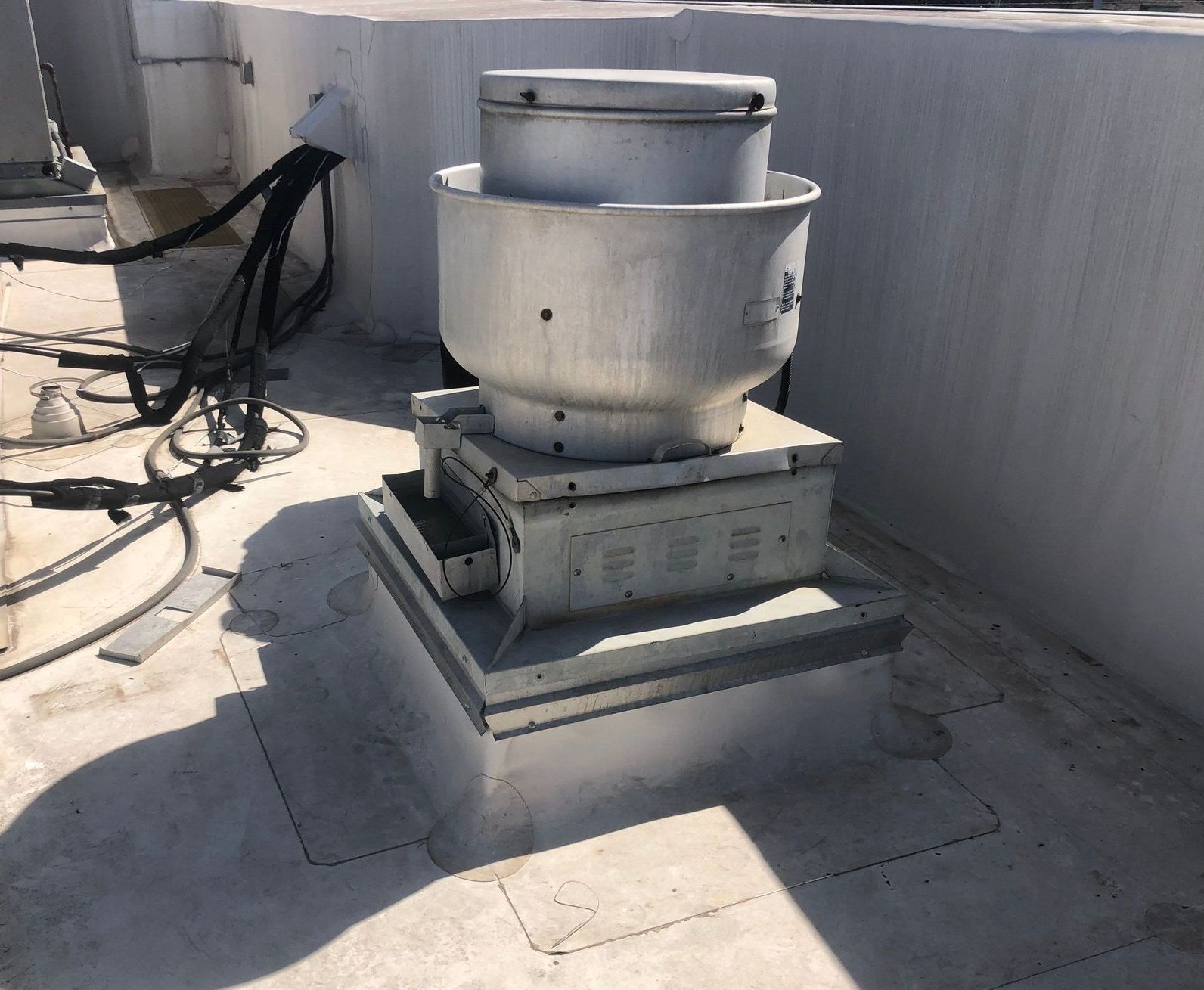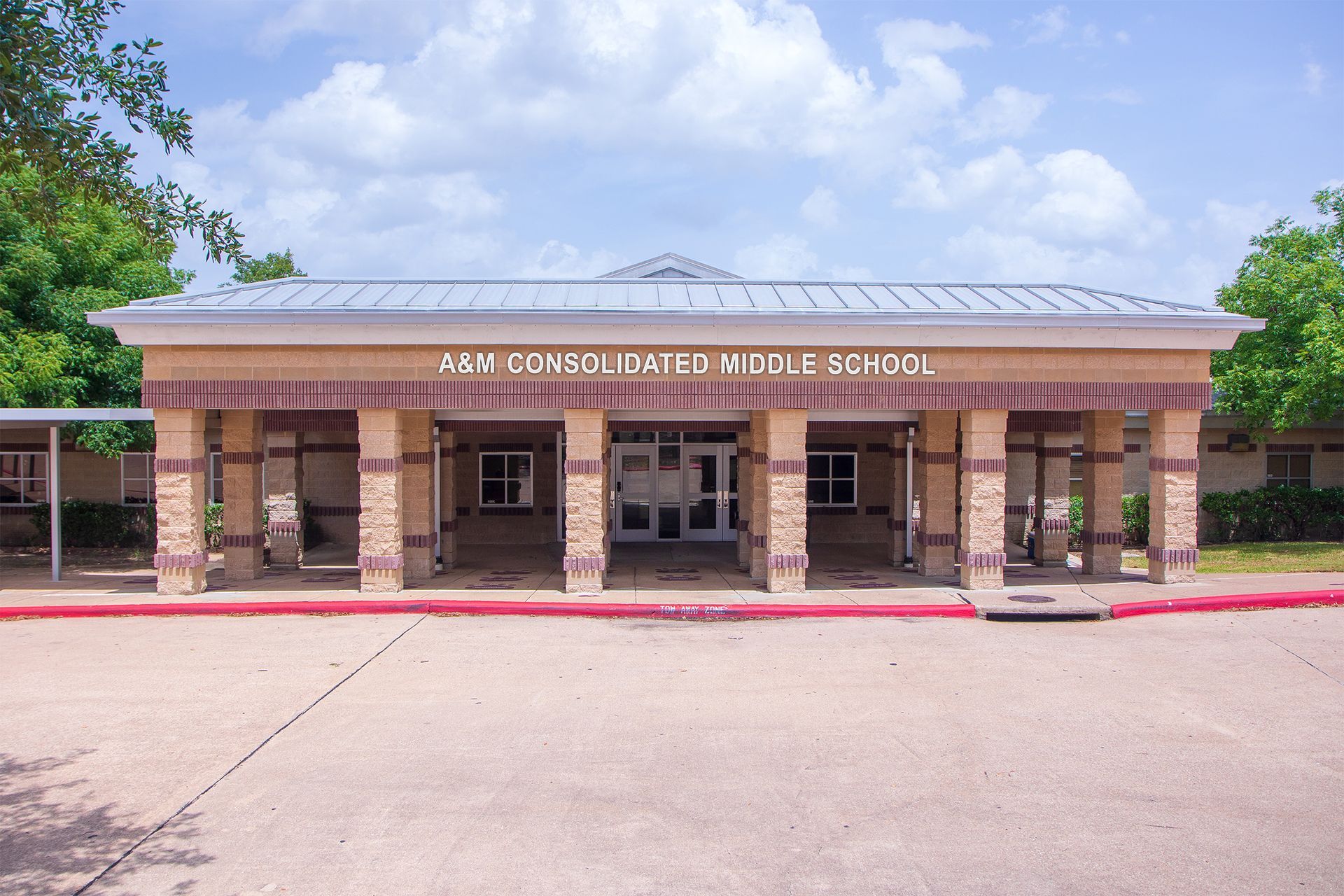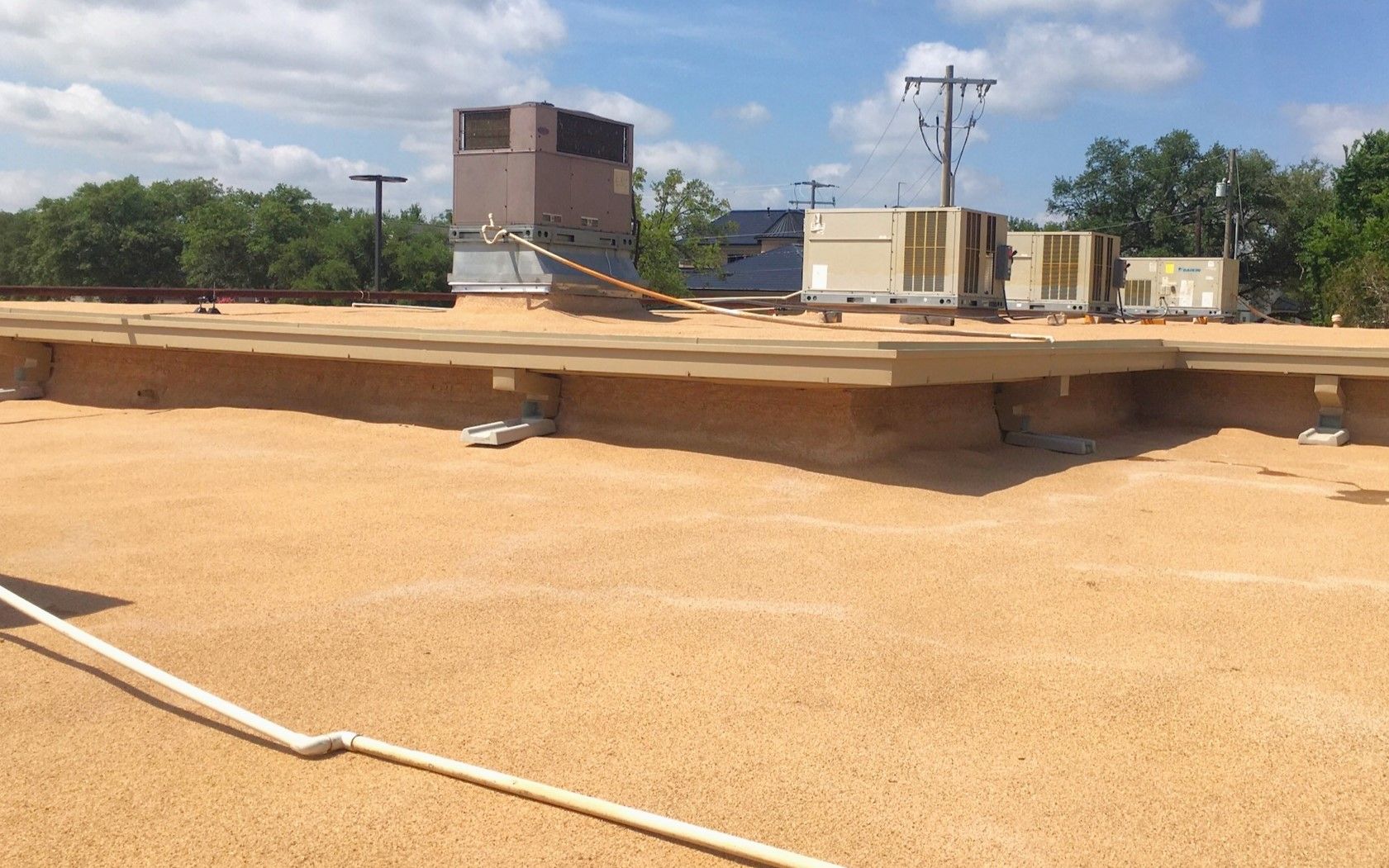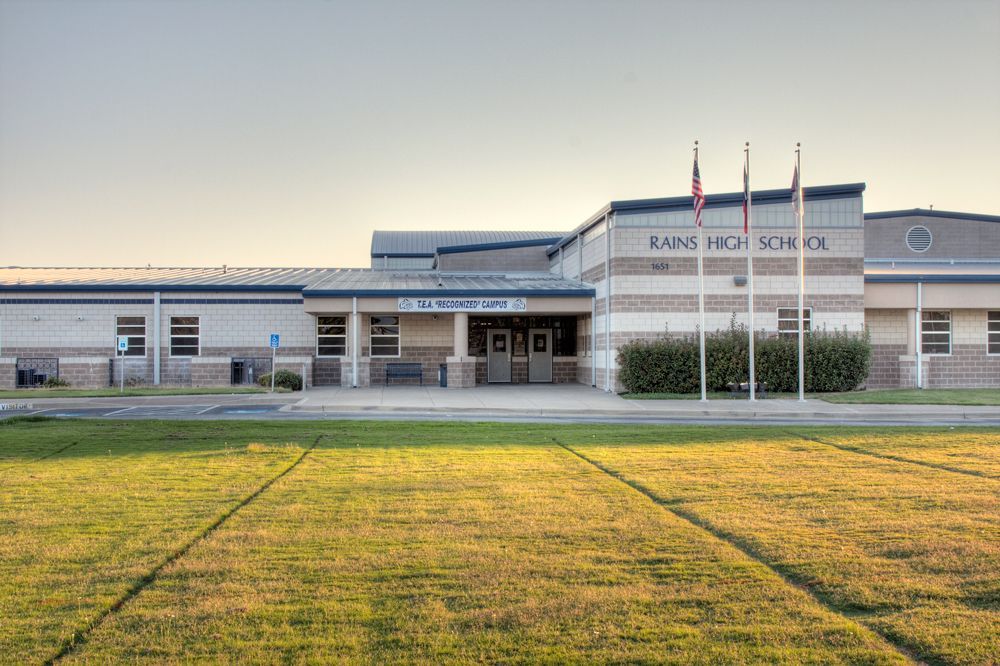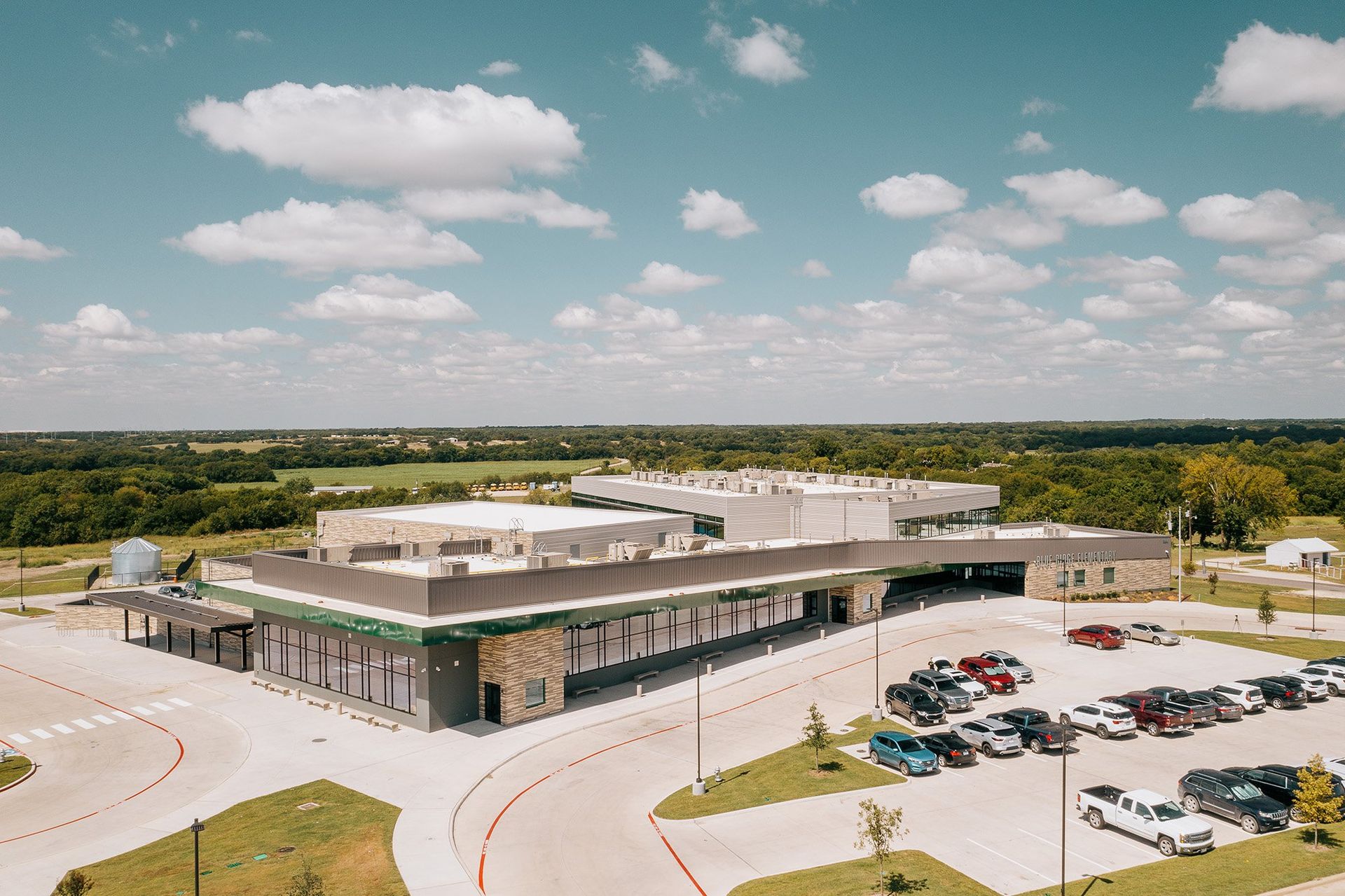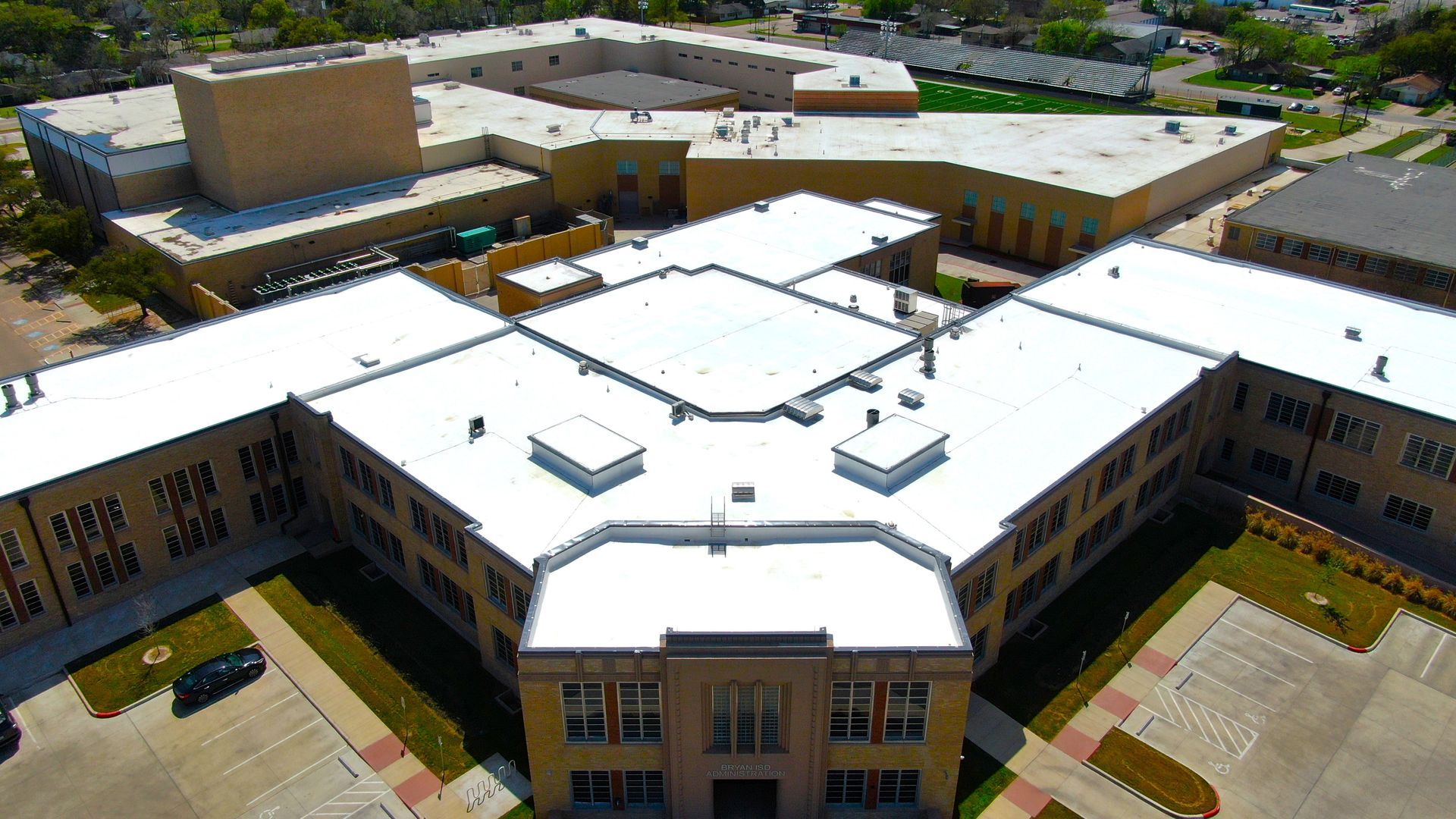Safety First: How Proper Vent Hood Maintenance Protects School Buildings
Published:
January 9, 2024
CR Systems, Inc.
In the hands of school building managers, safety of students and staff remains a top priority. While they have countless responsibilities, one crucial aspect that often goes unnoticed is the ventilation and roofing systems of school cafeterias and kitchens. Recent statistics reveal that a significant portion of commercial restaurant fires, up to 64%, can be traced back to neglected hood and vent systems. In this article, we will provide you with some tips on how to clean your vent hoods and explain why having a well-maintained vent hood and roofing system is crucial for the safety of students and staff.
Understanding the Risks: The Culprit Within
Vents and hoods play a crucial role in removing cooking fumes and particulates from your school's interior environment. However, heavier waste, especially fat, can adhere to both the exterior and interior of ventilation systems, creating a highly flammable buildup. If a fire infiltrates the ventilation system, it becomes exponentially more difficult and dangerous to suppress, often resulting in massive damage throughout the entire building.
The Protective Role of Roofs: A Barrier Against Fires
Enter the roof – a silent hero in fire suppression. A well-maintained roof acts as a protective barrier, containing fires and minimizing damage. It is crucial to have a properly functioning ventilation system and professionally installed hoods and roof vents. This ensures that fire suppression becomes a manageable challenge.
Aside from the foundational understanding of the risks, consider these practical tips to enhance the effectiveness of your vent hood cleaning routine:
- Prioritize Grease Traps:
Regularly clean and empty grease traps to prevent the buildup of grease within the ventilation system.
- Use Non-Corrosive Cleaners: Opt for non-corrosive, degreasing cleaners to break down grease without causing damage to the hood and ventilation components.
- Clean Hood Exteriors:
Wipe down exterior surfaces regularly to prevent the accumulation of dirt and grime, contributing to better hygiene.
- Inspect Fan Blades:
Regularly inspect and clean fan blades to ensure they are free from grease buildup, preserving their efficiency.
- Check for Leaks: Inspect the vent hood for signs of leaks during the cleaning process and promptly address any issues to maintain a dry and safe kitchen space.
- Consider Steam Cleaning: Incorporate steam cleaning into your routine to break down stubborn grease and provide a deep clean.
- Document Maintenance History:
Maintain a detailed record of all vent hood maintenance activities to track system performance over time.
- Train Staff on Best Practices:
Educate kitchen staff on proper cooking practices and recognizing early signs of vent hood issues.
- Review Local Codes and Regulations:
Stay informed about local fire and safety codes related to commercial kitchen ventilation.
- Schedule Professional Inspections:
Include periodic professional inspections as part of your maintenance plan to identify potential issues.
-
A&M Consolidated Middle School (SPF Reroofs)
Button -
Collegee Station - Barbara Bush ISD (SPF Reroof)
Button -
Rains ISD (Mod-Bit Restoration Systems)
Button -
Blue Ridge ISD (Metal and Single-Ply Restoration Systems)
Button
Bryan ISD Admin Bldg (Single-Ply Reroof)
ButtonCR Systems, Inc. specializes in providing reliable and durable ventilation and roofing solutions designed to protect school buildings from potential fire risks. Our experts are available to assist you in understanding and implementing best practices for the maintenance of hood vents and roofing systems. For any questions or concerns, call our us at 979 704 5116.
In conclusion, the key to preventing fire accidents lies in the synergy between a well-maintained ventilation system, professionally installed hoods, and a reliable roofing structure. By adopting these practices, you are not just ensuring compliance, but creating a safe and secure environment for everyone within your school.
To learn more about how we can help you plan for a successful commercial roofing project in, call us at 979-704-5116 or fill the form below:
Leave us your questions and feedback!
Thank you for contacting us.
One of our roofing experts will get back to you as soon as possible.
Please try again later.

GET IN TOUCH
Aggieland Roofing & CR Systems, Inc.
12730 State Hwy 6
Bryan, TX 77807
(979) 704-3266
office@aggielandroofing.com
QUICK LINKS

GET IN TOUCH
QUICK LINKS
All Rights Reserved | Aggieland Roofing/CR Systems Inc. | Privacy | Powered by Aletheia Digital


